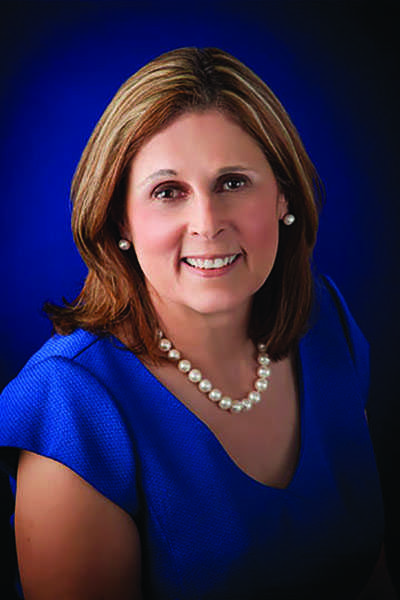The University Realignment Plan, introduced by President Fritz Erickson before winter break of 2015-16 suggested that, through preliminary analysis, 17 to 25 full-time equated (FTE) teaching faculty members could be eliminated.
A faculty buyout plan was recently sent to all tenured faculty who have been employed for at least 10 years. This plan reached out to FTE teaching faculty in departments targeted for reduction with the incentive of a full year of current annual base salary for faculty resignation.
Fourteen applications had been turned in by the April 8 deadline,, said Dale Kapla, assistant provost for undergraduate programing and faculty affairs.
“This does not mean that 14 will end up taking the buyout or being permitted to take the buyout,” Kapla said.
Provost and Vice President of Academic Affairs Kerri Schuiling, in collaboration with the deans who oversee departments facing reduction, will review staff applications and select employees for the plan based on eligibility and department need. Applicants may be denied if it is determined that their acceptance could negatively affect academic programs or the employee possesses needed experience or expertise.
The recent faculty buyout plan started as a tool to help meet the quota set in the University Realignment Plan, AAUP President Rebecca Mead said, adding the buyout plan was not done in full collaboration with the union and no contract was signed with agreed upon terms in accordance with labor laws. According to Mead, the AAUP has concerns about the irregular process and intends to discuss those with the administration.
“The alternative is that we lose our more valuable members,” Mead said. “We’ve already seen that. This year has been hard on our adjuncts and contingents.”
Contingent, adjunct and term teaching faculty members are more vulnerable than permanent faculty who are protected by a contract with the union, Mead said. The realignment plan was designed to permanently reduce the budget lines for staff positions, she said.
“After several years of faculty cuts, faculty adjustments and a lot of faculty teacher overloads where they’re teaching extra classes, there’s not a lot left to trim,” Mead said. “I mean the administration itself talks about cutting into the bone.”
The biology department has had only about a 3 to 5 percent decrease in biology major enrollment from 2014-2015, but due to the formula used to calculate departments targeted for FTE teaching faculty reduction, it is still facing cuts, biology Department Head John Rebers said. The administration is asking for the reduction of two FTE teaching faculty in the Biology department. This accounts for more than 10 percent of the FTE teaching faculty currently employed.
“We already have issues with students in some majors like fisheries and wildlife management, one of our larger majors, having trouble scheduling things because courses aren’t offered frequently enough,” Rebers said.
The Biology Department can compensate for declining enrolment and loss of staff by cutting back on the number of laboratory sections offered for the fall semester, Rebers said. This means there will be larger lecture halls and some classes offered less frequently.
These cut backs would be made in response to the overall message given by the administration that FTE teaching faculty that leave, in accordance with the realignment plan, will not be replaced, Rebers said.
“I think that if you follow a plan like that too blindly you can affect students a lot more than if you were to take a broader approach to where the dollars are going,” Rebers said. “What ways of spending money can we cut back on and still maintain the primary mission of the university, which is providing instruction to our students?”
At the end of last semester, an unofficial student organization formed called Students for Professors. This organization started with a group of students writing a letter to the administration asking for the reconsideration of the non-renewal of Assistant Professor and Director of the Writing Center, Heidi Stevenson’s contract, junior English writing major Jason Chanette said. Nothing came of that letter.
“We are advocates for better teaching conditions and better learning conditions,” Chanette said. “We feel that communication is the way that a lot of things can be fixed. Communication just hasn’t happened.”
Students have been facing issues with scheduling, they have felt the impact of faculty reduction over the past year, Chenette said. Students for Professors meets weekly, attends meetings involving university changes, and talks to departments to find ways to get involved in the discussion of faculty conditions and reductions.
“The student voice is important because we are the reason the university exists- we are the reason that universities exist in general and so often it’s just ignored,” Chenette said. “We know we’ve been ignored repeatedly and eventually it always seems to come to a point where ignored voices are heard the loudest, and we feel like, at Northern, we’re on the cusp of that.”
If interested in involvement in Students for Professors, students can attend meetings every Wednesday at 5 p.m. at the Writing Center or like the page NMU Students for Professors on Facebook.
























